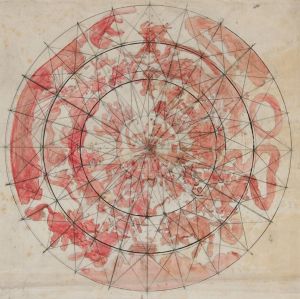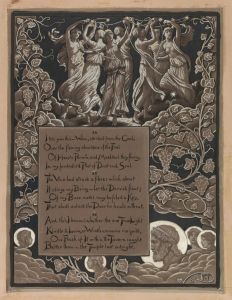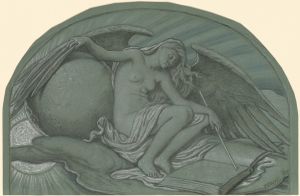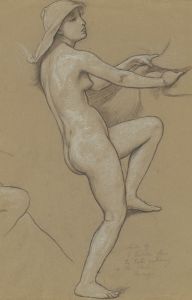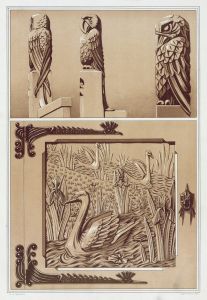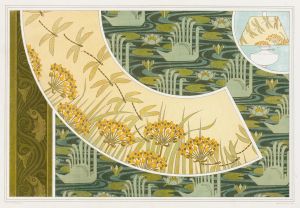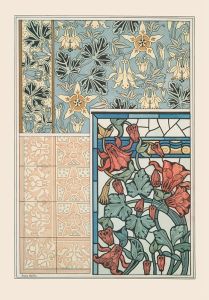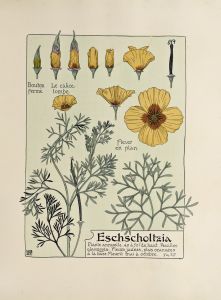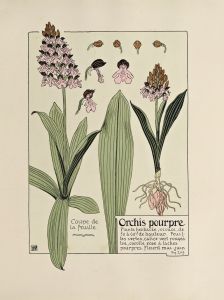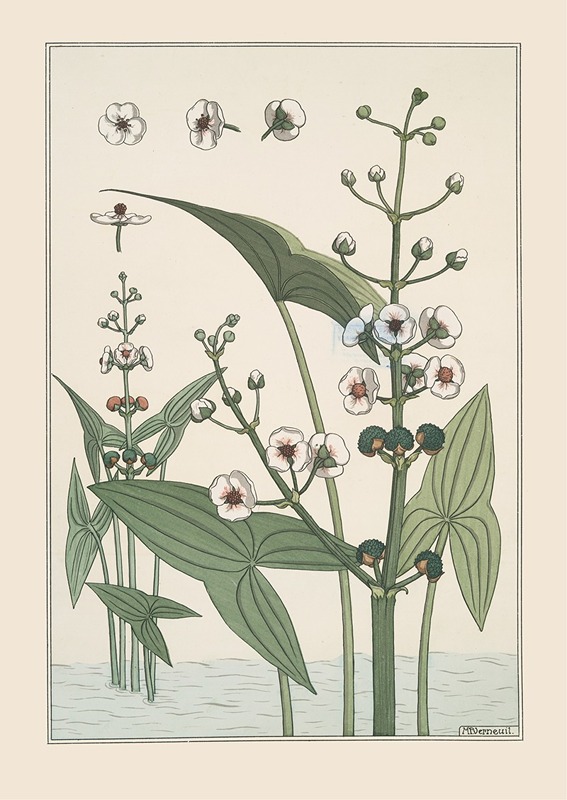
Sagittaire
A hand-painted replica of Maurice Pillard Verneuil’s masterpiece Sagittaire, meticulously crafted by professional artists to capture the true essence of the original. Each piece is created with museum-quality canvas and rare mineral pigments, carefully painted by experienced artists with delicate brushstrokes and rich, layered colors to perfectly recreate the texture of the original artwork. Unlike machine-printed reproductions, this hand-painted version brings the painting to life, infused with the artist’s emotions and skill in every stroke. Whether for personal collection or home decoration, it instantly elevates the artistic atmosphere of any space.
Maurice Pillard Verneuil was a prominent French artist and designer known for his contributions to the Art Nouveau movement. Born in 1869, Verneuil became renowned for his innovative use of color and form, often drawing inspiration from natural elements and integrating them into his work. His artistic style was characterized by intricate patterns and a keen attention to detail, which made his works highly distinctive and influential during his time.
One of Verneuil's notable works is "Sagittaire," which exemplifies his mastery in blending natural motifs with decorative art. While specific details about the creation and history of "Sagittaire" are limited, it is understood that the piece reflects Verneuil's fascination with the zodiac and the symbolic representation of astrological signs. The title "Sagittaire" refers to Sagittarius, the ninth astrological sign in the zodiac, which is often depicted as a centaur archer. This theme aligns with Verneuil's interest in mythology and the natural world, common subjects in his broader body of work.
Verneuil's approach to art was heavily influenced by the Art Nouveau movement, which emerged in the late 19th century and sought to break away from traditional artistic conventions. This movement emphasized organic forms, flowing lines, and the incorporation of natural elements, all of which are evident in Verneuil's work. "Sagittaire" likely embodies these principles, showcasing Verneuil's ability to harmonize complex patterns with elegant design.
Throughout his career, Verneuil collaborated with various artists and designers, contributing to the spread of Art Nouveau across Europe. His work extended beyond painting and illustration to include interior design, textiles, and ceramics, demonstrating his versatility and commitment to the decorative arts. Verneuil's influence can be seen in the way he inspired subsequent generations of artists to explore the boundaries between fine art and applied art.
Despite the lack of extensive documentation on "Sagittaire" specifically, Maurice Pillard Verneuil's legacy as a key figure in the Art Nouveau movement remains significant. His works continue to be studied and appreciated for their artistic innovation and their role in shaping early 20th-century design aesthetics. Verneuil's ability to capture the essence of natural beauty and translate it into decorative art has left a lasting impact on the art world, ensuring that his contributions are remembered and celebrated.
In summary, while detailed information about "Sagittaire" is scarce, it is clear that Maurice Pillard Verneuil's work embodies the spirit of the Art Nouveau movement. His dedication to integrating natural forms with artistic expression has cemented his place in art history as a pioneer of decorative design. Through pieces like "Sagittaire," Verneuil's artistic vision continues to inspire and captivate audiences, highlighting the enduring appeal of his creative legacy.





